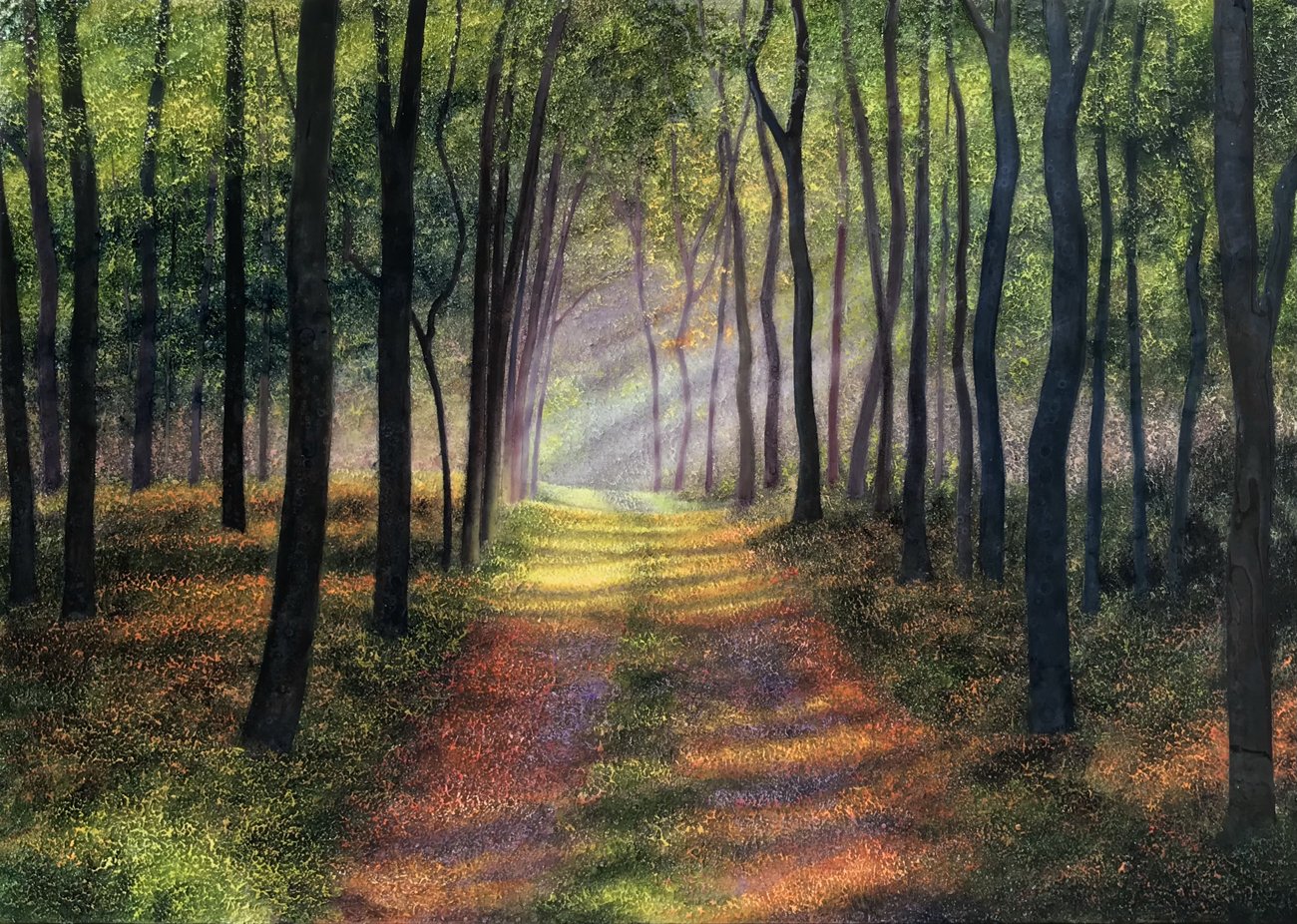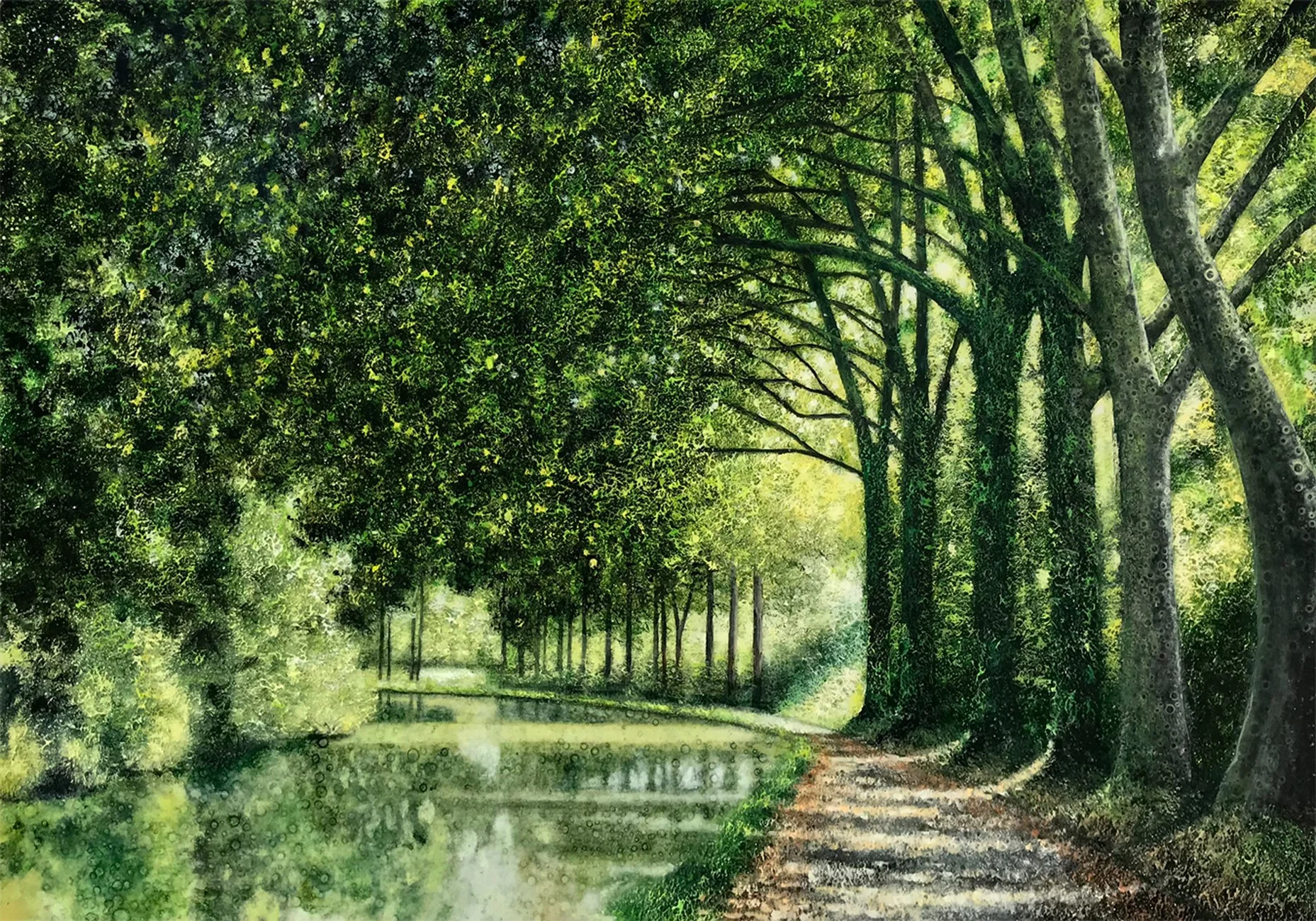I am currently in a blog series proposing questions an aspiring full time professional artist ask a current full time professional artist so that they have a better idea of getting from where they are to where they want to be professionally. It’s a really tricky and sometimes difficult thing to make it as an artist. That’s the bad news. The good news is that there are people out there somehow actually doing it, so…don’t reinvent the wheel — TALK to them. Every artist I know personally would be very happy answering questions. So find the artist you’d like to grill, make and appointment and get some advice.
Among the questions I’m proposing is this one I’ve been asked a lot: “How do you price your work?” If you’ve read my blog here, you know I’ve talked about this a lot, so I won’t wax on too long here but some points need to be repeated.
Just last week, I was approached by a gentleman that offered me just over 20% less than my posted price on one of my paintings. This doesn’t bother me at all when people do that. I know a lot of artists set a price for a piece of their work and hope they can get as close to that price as possible. This has trained people to view an art purchase the same way they’d buy a car or a house (i.e. you make a low ball offer, then negotiate). But that means the posted price means nothing and is just there to start the conversation. That is not the way I price my artwork because it feels really arbitrary.
The way I was taught to price my work way back in the day is to let sales themselves dictate the pricing. I price according to the size. So I take the square inches of the work, multiply it by my going rate (and that rate is solely dictated by my sales).
My goal is to sell my work as quickly as I paint it. If I get a big backlog, I know my prices are too high. If my work sells too quickly (I can't have empty studio walls), then my prices are too low. This year, I needed to slow down sales (just slightly) in early spring so I bumped up the price per square inch just slightly. That slowed sales down a bit, but I've actually had to raise prices again in June because they were still selling too quickly.
So that's how I price my work. I don't really take offers because I have a very good idea of what the paintings will sell for. Again, different artists handle pricing different ways, so it’s definitely worth asking around and seeing what works best for you. This works best for me because it’s really easy to defend the prices I have posted when that price is actually based on something concrete like sales rather than something arbitrary like “this is what I’d like to get for this piece”. As a client, I can disagree with what you’d like to get for that piece, but…I can’t disagree with sales.













